Passenger Information Display System (PIDS)
New LTA specifications demand the provision of Passenger Information Display Systems (PIDS) for commuters. One roof-mounted interior display panel is mounted above the centre aisle, near the exit door of the bus. A second, exterior-facing panel is placed near the entrance door, next to an Electronic Display that shows the bus route number.
On the first day of revenue service, all PIDS panels were non-operational. A limited functionality PIDS was used from July 2018 onwards, with only the next stop displayed. The service destination feature was added onto the interior PIDS in late November 2018, while full functionally was rolled out progressively from late March 2019.
In addition, the interior of the bus also features two LED Text Display which has yet to be configured properly but intended for showing the name of the next bus stop. They are mounted at the front and rear of the bus.
Wheelchair Bay
Wheelchair accessibility is offered via a manual wheelchair ramp installed at the rear door. New LTA specifications also call for two wheelchair bays on new buses in line with providing for an ageing population. They also offer more standing space, as well as room for unfolded prams.
Both wheelchair bays are located opposite the exit door. They each accommodate one passenger-in-wheelchair (PIW). Bus stopping bells are located on the adjacent grab poles. However, USB charging ports are not provided at the wheelchair bay.
A unique feature of these buses is the aisle-facing foldable handlebar at each wheelchair bay, for the benefit of PIWs. It can be manually deployed and stowed depending on the needs of the passenger.
The handlebar position is changed manually by releasing the indexing plunger, and then pulling/pushing and rotating the handlebar into to its desired position before locking it in place. The slightly cumbersome design relies on users to locate the locking holes drilled into the metal pole before the handlebar can be locked. The handlebar also comes with a stop request button.
Each wheelchair backrest contains a foldable seat that doubles as a rear-facing seat for one person. These seats do not contribute to the licensed carrying capacity of the bus.
In September 2018, the wheelchair backrest on the MAN A22 Euro 6 buses were modified to have their handlebar that curves at the end instead of a stopper.
A third modification hides the protruding end of the handlebar on the other side with a plastic cover.
Main Article: Design modifications to MAN A22 (Euro 6) buses
Passenger Counter
An automatic passenger counter (IRMA MATRIX) is installed above the front and rear doors. Also a new specification required by the Land Transport Authority (LTA), this feature enables the gathering of more accurate passenger loading data.
Later Design Modifications
See Design modifications to MAN A22 (Euro 6) buses for details.
Major Accidents
| Registration | Service | Incident Date | Description | Location | Link |
| SG1821D | 858 | 21 May 2024 | Hit road blocker before Changi Airport Terminal 3 Basement. 20 passengers & 1 driver taken to hospital. | Changi Airport Terminal 3 | [1] |
Cross Border Operations
In 2022, several SBS Transit MAN A22 (Euro 6) buses were registered with Malaysia for cross border operations, replacing the previous fleet of Scania K230UB (Euro IV) buses.
These are:
- SG1777Z, SG1794Z, SG1795X, SG1847E, SG1859X, SG1860R & SG1862K – SG1867Y
Gallery:
Other Euro 6 Public Buses
Main Article:
Back to Bus Models
Back to Bus Articles
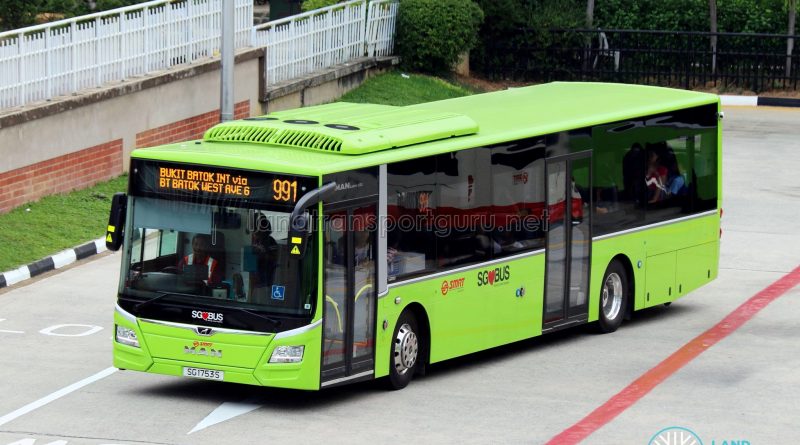
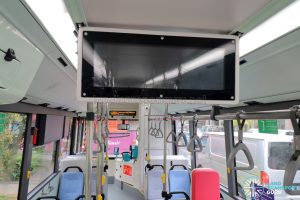
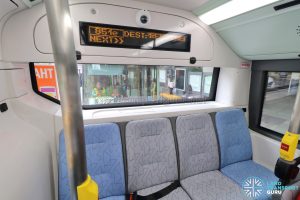

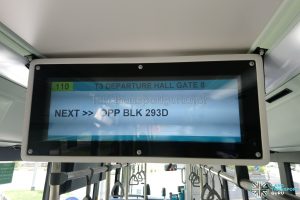
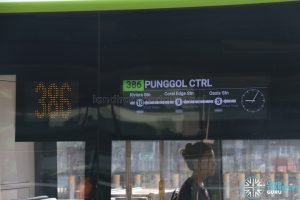



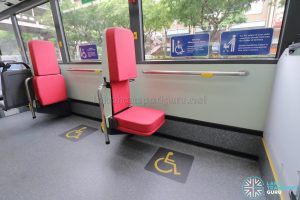


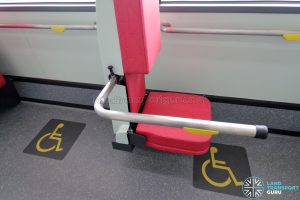
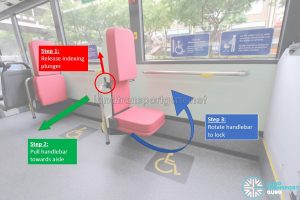
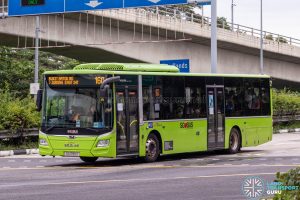
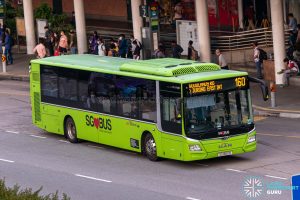
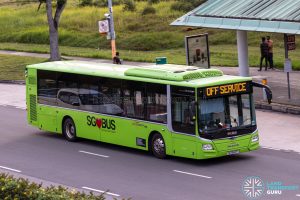
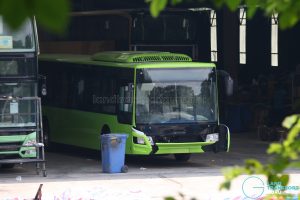
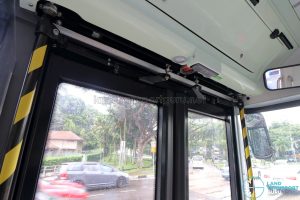
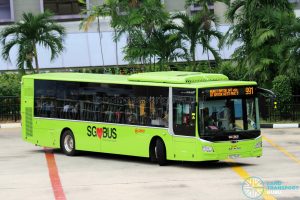
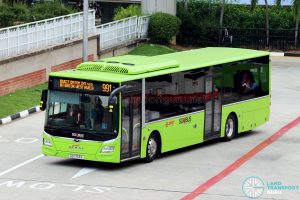
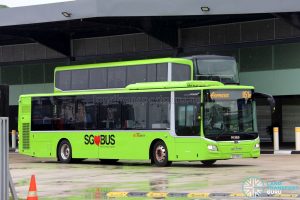
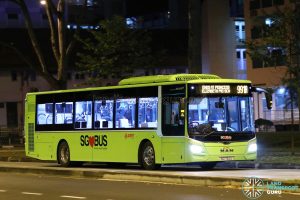

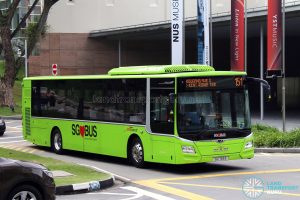
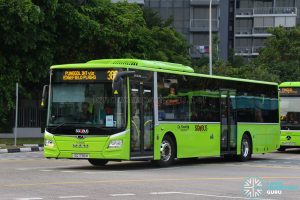


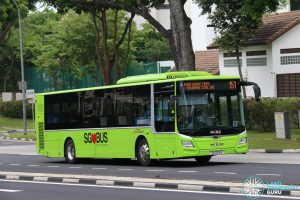
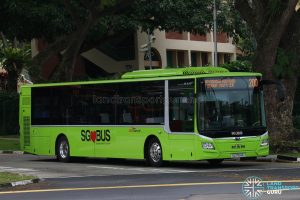
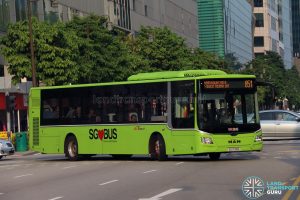
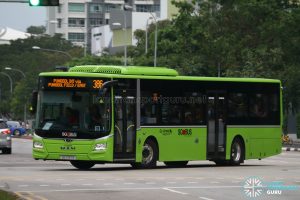
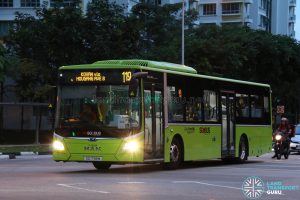

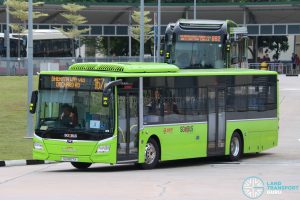
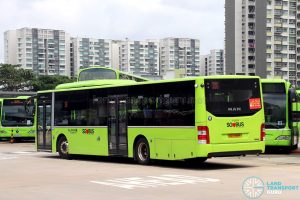

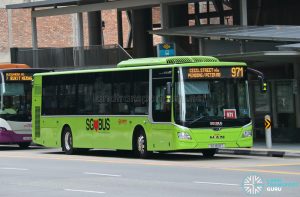

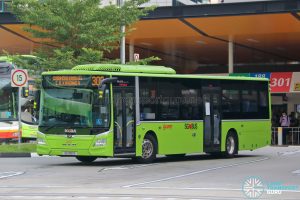
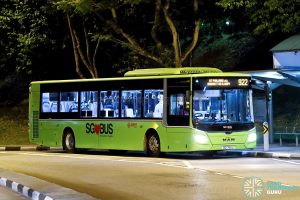

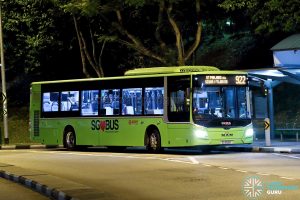
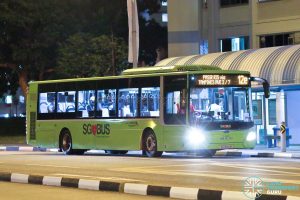
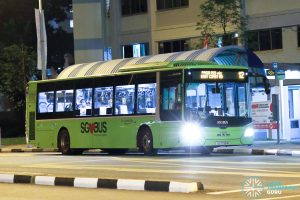
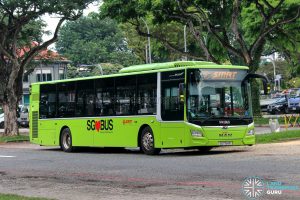
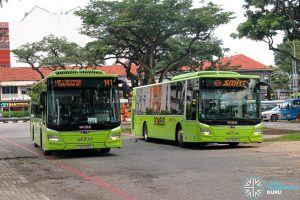
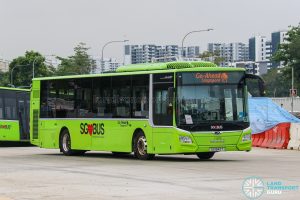
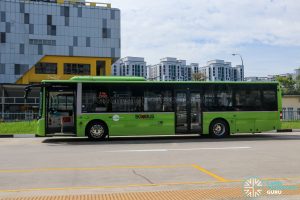

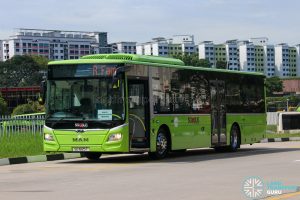
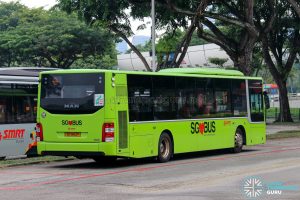
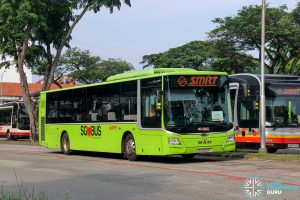

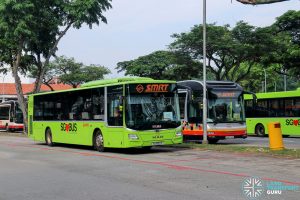
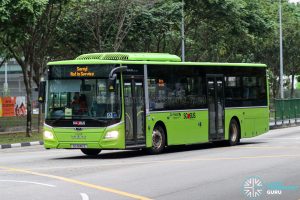
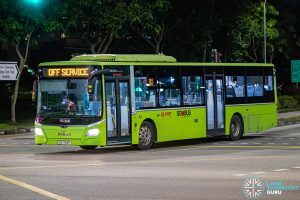


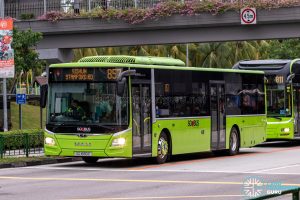
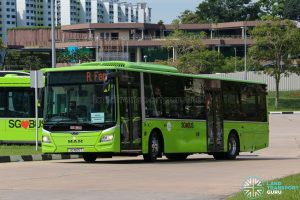
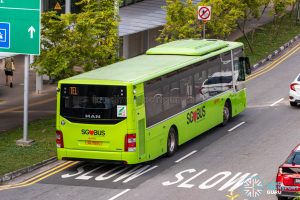


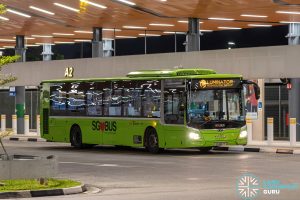
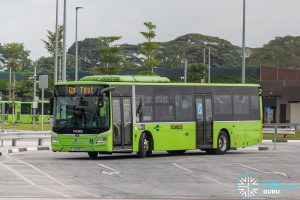
Only Bulim and Bukit Batok does not have any E6 A22.Mandai A22 exclusively for 858 only.
I think that LTA can just put all of the units in storage and slowly re distribute the units to some depots cuz so many of the units are in storage and it is very messy when they put the units to deploy in the regions. Like how SBS transit got 70 then SMRT gets only 8 ( not counting the N/A ones ) then Go Ahead gets 9 and TTS get 7 like wtf? they should be more fair to all operators
LTA transfer back 7 units to TTS,SG1875Z only last for 1 day at Bulim before going back to Mandai to be deployed on 963…Bulim not interested although they have slightly shortage of SDs